In the diverse world of avian species, there exists a remarkable bird whose vocal talents transcend the typical melodious songs we associate with feathered creatures. The lyrebird, particularly the superb lyrebird (Menura novaehollandiae), possesses an extraordinary ability to mimic not only other birds but also a startling array of man-made sounds, from car alarms and horns to camera shutters and even chainsaws. This Australian native has captivated ornithologists, wildlife enthusiasts, and casual observers alike with its uncanny acoustic impersonations that blur the line between nature and human technology. As we explore this fascinating species, we’ll discover how these birds have adapted to incorporate our mechanical world into their natural repertoire, creating one of nature’s most impressive audio spectacles.
The Remarkable Lyrebird: Nature’s Master Mimic
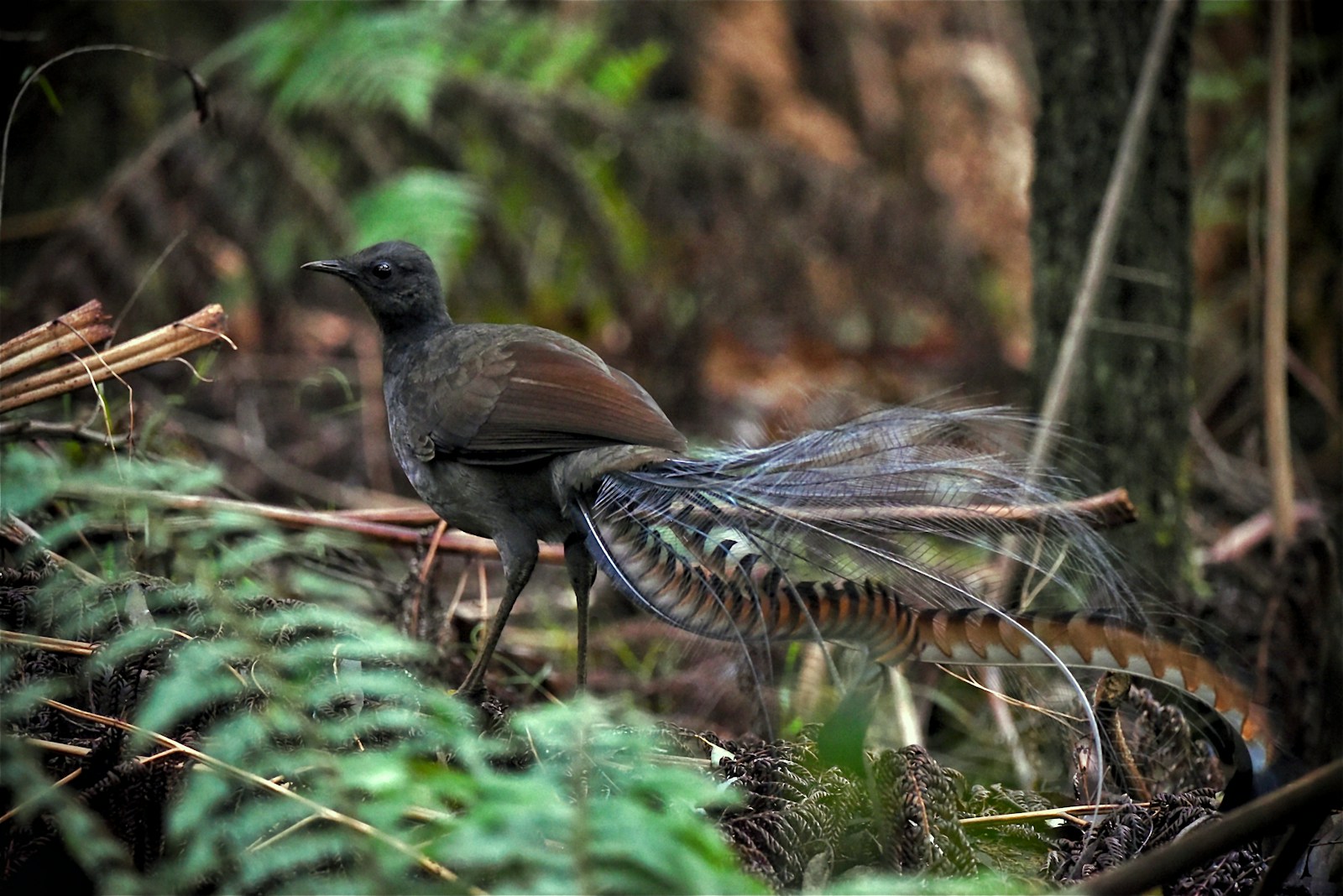
The superb lyrebird, named for its spectacular lyre-shaped tail feathers, is found in the forests of southeastern Australia. Growing to about the size of a pheasant, these ground-dwelling birds might appear unremarkable at first glance were it not for the male’s extraordinary tail that can fan out during courtship displays. What truly sets lyrebirds apart, however, is their unparalleled vocal mimicry capability, considered among the most sophisticated in the animal kingdom. Their syrinx—the avian equivalent of the human voice box—is exceptionally complex, allowing them to reproduce almost any sound they hear with astonishing accuracy. Scientists have discovered that lyrebirds can control their vocal muscles with precision that exceeds most other birds, enabling them to mimic not just tones but the exact timbre and texture of sounds.
Evolution of an Extraordinary Talent
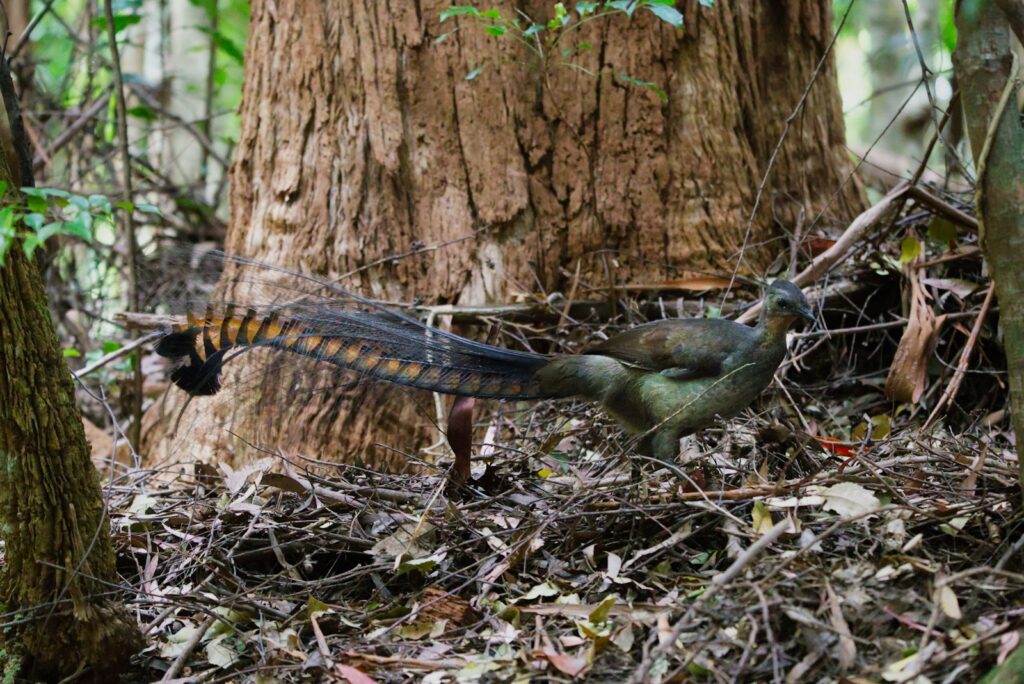
The lyrebird’s mimicry skills evolved primarily as a mating strategy, with males incorporating increasingly complex vocalisations to attract females. Evolutionary biologists believe this sexual selection pressure has driven the development of the lyrebird’s remarkable vocal anatomy over millions of years. The more varied and accurate a male’s repertoire, the more impressive his courtship display becomes, potentially signalling greater fitness to prospective mates. Interestingly, young lyrebirds learn their vocal skills through a combination of innate ability and years of practice, often spending the first several years of their lives perfecting their mimicry. As human settlements have encroached upon lyrebird habitats, these adaptable birds have simply incorporated new sounds into their vocal repertoire, demonstrating remarkable behavioural flexibility.
From Forest Sounds to Mechanical Noise

Traditionally, lyrebirds mimicked the calls of other forest birds, creating medleys that could include dozens of different species’ songs. However, as human civilisation has expanded into their territory, lyrebirds have begun incorporating anthropogenic sounds with remarkable precision. Individual birds living near roads have been documented imitating car engines, emergency vehicle sirens, and honking horns. Those near construction sites perfectly reproduce the sounds of hammers, drills, and other power tools. Perhaps most famously, lyrebirds in logging areas have learned to mimic the distinctive high-pitched whine of chainsaws, complete with the changing tones as the blade cuts through wood. This adaptation represents an extraordinary example of behavioural plasticity in response to environmental change.
The Science Behind the Mimicry
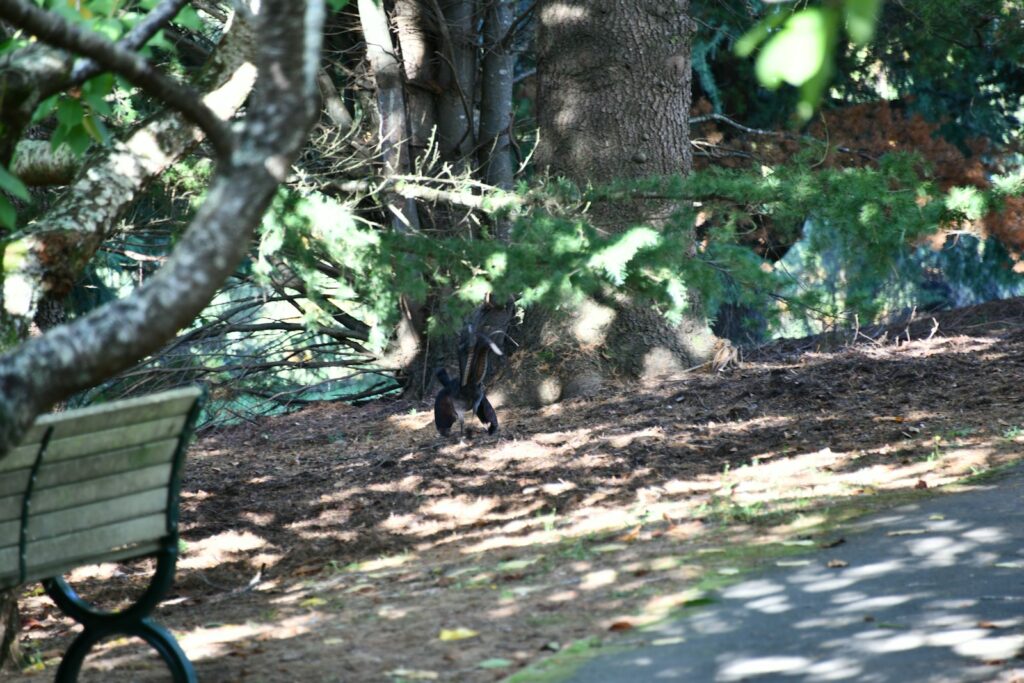
The lyrebird’s vocal apparatus is structurally more complex than that of most other birds, featuring a highly developed syrinx with specialised muscles that allow for incredible control. Researchers studying lyrebird vocalisations have found that these birds can control two independent sound sources simultaneously, enabling them to create layered, complex sounds. Using high-speed audio recording technology, scientists have determined that lyrebirds can switch between different mimicked sounds in as little as 0.5 seconds. The neural pathways governing the lyrebird’s vocal abilities are equally impressive, with specialised brain regions dedicated to sound memory and reproduction that are proportionally larger than in other birds. This neural and physical vocal equipment allows lyrebirds to reproduce not just the pitch but also the rhythm, volume dynamics, and timbral qualities of sounds with remarkable fidelity.
The Spectacular Courtship Performance
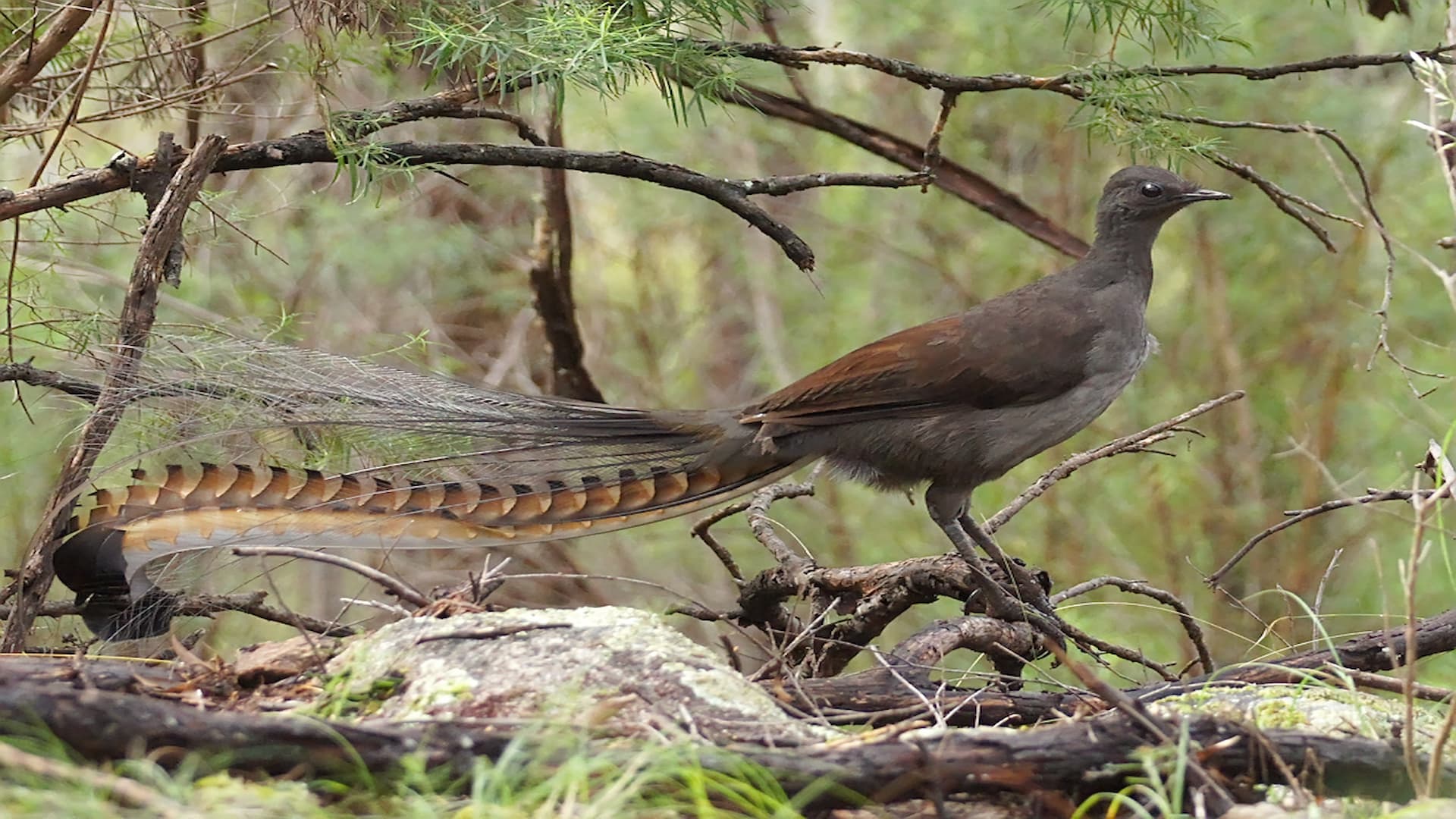
Male lyrebirds incorporate their vocal talents into elaborate courtship displays designed to impress potential mates. During breeding season, a male will clear a small performance area on the forest floor, creating what ornithologists call a “dancing mound.” Here, he performs an intricate routine that combines physical display and vocal showcase. With his magnificent tail feathers raised above his head in a shimmering fan, the male prances and dances while cycling through his entire repertoire of sounds. The performance might begin with natural forest sounds and bird calls before transitioning into human-made noises like camera shutters, car alarms, and even chainsaws. These displays can last for hours, with the most successful males attracting multiple females across the breeding season.
Famous Recordings That Captured Public Imagination

The lyrebird’s remarkable talents reached international fame through several iconic wildlife documentaries. Perhaps the most famous was Sir David Attenborough’s segment in “The Life of Birds” series, where a lyrebird named Chook at an Australian wildlife park demonstrated his repertoire of camera shutters, car alarms, and construction sounds. This footage went viral in the early days of internet video sharing, bringing the lyrebird’s talents to millions worldwide. Another notable recording from a BBC documentary captured a wild lyrebird in Sherbrooke Forest perfectly mimicking the sounds of loggers working in nearby areas, complete with chainsaw noises and the crash of falling trees. These recordings have become cornerstones of natural history documentation, demonstrating one of the most remarkable examples of animal mimicry ever captured on film.
Environmental Impact on Mimicry Patterns
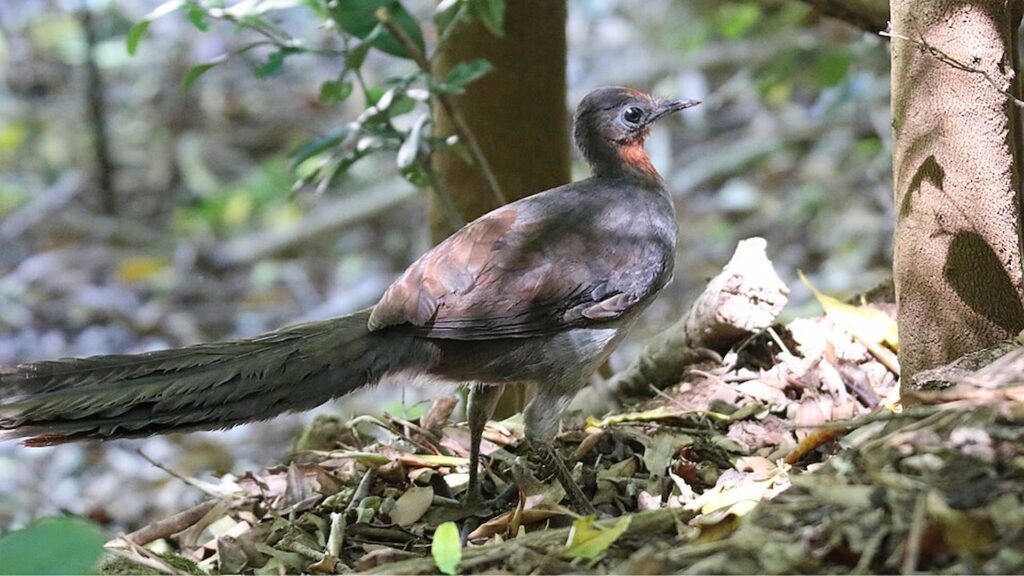
The sounds lyrebirds choose to mimic provide an interesting record of environmental change and human encroachment. Researchers studying lyrebird populations across different habitats have noticed distinct “dialects” emerging based on local soundscapes. Birds in remote wilderness areas primarily mimic natural sounds, while those in areas with human activity incorporate technological noises. This pattern allows scientists to use lyrebird vocalisations as a kind of auditory timeline of human impact on previously undisturbed ecosystems. Some conservationists worry that increased exposure to mechanical noises might be altering traditional lyrebird vocalisations, potentially affecting mating behaviours that evolved over millions of years. Ornithologists have begun creating sound archives of lyrebird calls from different periods to track these changes across generations.
The Cultural Significance of Lyrebirds
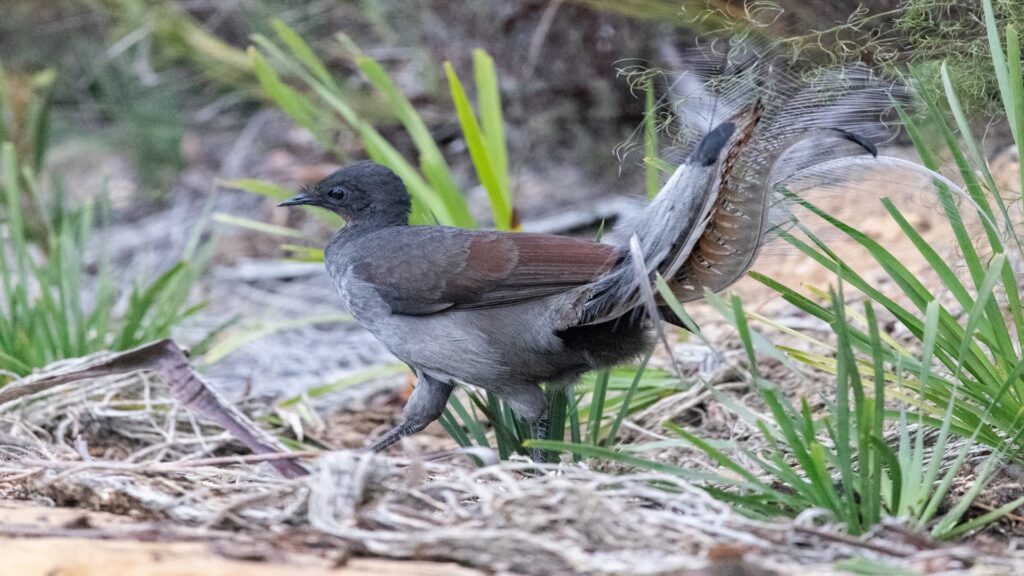
For indigenous Australian peoples, particularly those of the southeast regions like the Gunaikurnai and Kulin nations, the lyrebird holds significant cultural importance. Traditional stories describe the lyrebird as a clever creature who could speak the languages of all animals, serving as a messenger between species. The lyrebird features prominently in Aboriginal art and stories that long predate European documentation of its mimicry abilities. In contemporary Australian culture, the lyrebird has become an iconic symbol, featured on the Australian 10-cent coin and as the emblem of the New South Wales National Parks and Wildlife Service. The bird’s remarkable abilities have inspired numerous artistic works, including music compositions that incorporate lyrebird mimicry and documentary films exploring their unique talents.
Conservation Status and Threats
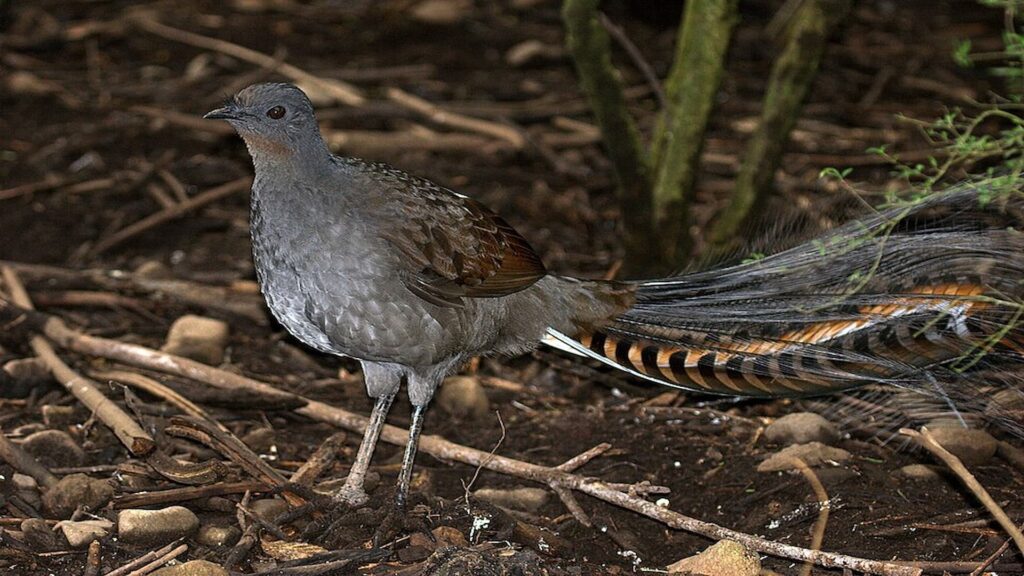
Despite their adaptability to human sounds, lyrebirds face significant conservation challenges. Habitat loss through continued deforestation and urban expansion remains the primary threat to lyrebird populations, particularly for the more vulnerable Albert’s lyrebird species, which has a much smaller range than the superb lyrebird. Introduced predators, particularly foxes and feral cats, pose another serious threat, preying on eggs and adult birds alike. Climate change presents long-term concerns, as increasing temperatures and changing rainfall patterns affect the moist forest habitats that lyrebirds require. Although currently listed as a species of “Least Concern” by the International Union for Conservation of Nature (IUCN), conservationists emphasise the importance of protecting large, connected tracts of forest to ensure lyrebird populations remain healthy.
The Lesser-Known Albert’s Lyrebird

While the superb lyrebird receives most of the attention for its mimicry skills, Australia is home to another lyrebird species with equally impressive talents. The Albert’s lyrebird (Menura alberti), named after Prince Albert, inhabits a much smaller range limited to the rainforests of southern Queensland and northern New South Wales. Though slightly smaller than its more famous cousin, the Albert’s lyrebird possesses similarly remarkable mimicry abilities but typically incorporates fewer mechanical sounds due to its more remote habitat. Conservation efforts for this species are particularly important as its limited range makes it more vulnerable to habitat fragmentation and environmental changes. Researchers have documented Albert’s lyrebirds mimicking up to twenty different species in a single performance, though recordings of them mimicking human-made sounds are less common than those of superb lyrebirds.
Research Challenges and New Discoveries
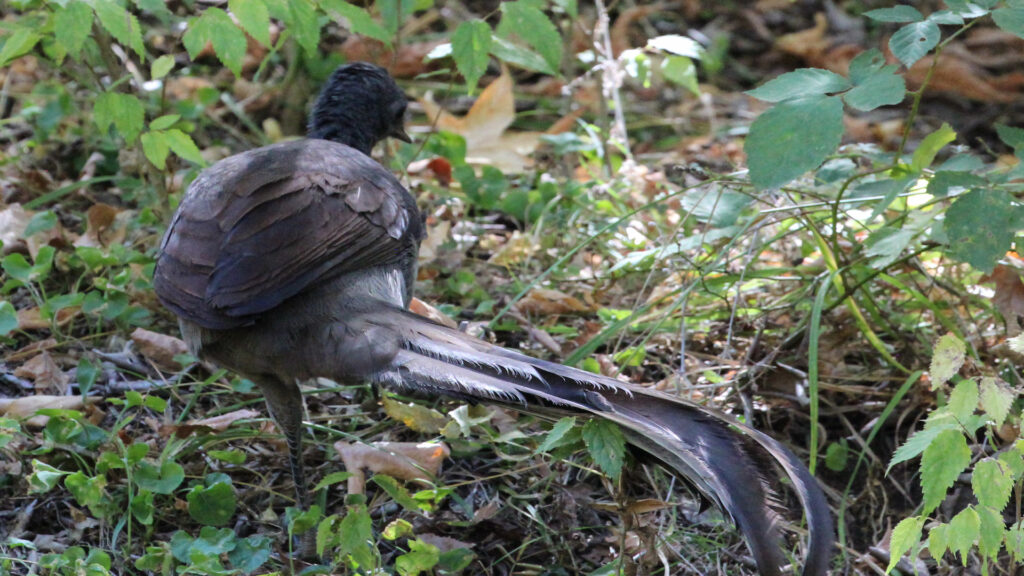
Studying lyrebirds presents unique challenges for ornithologists due to the birds’ secretive nature and the dense forest habitats they prefer. Traditional observation methods can be difficult, as human presence often causes lyrebirds to flee or cease vocalising. Modern research increasingly relies on remote recording devices placed strategically throughout lyrebird territories, capturing vocalisations without disturbing the birds. Recent studies using these methods have revealed that lyrebirds may serve an important ecological function through their scratching and digging behaviours, which turn over forest soil and reduce fuel loads that might otherwise contribute to bushfires. Additionally, cutting-edge genetic research is investigating the hereditary components of mimicry ability, with preliminary findings suggesting that while the capacity for mimicry is inherited, the specific sounds reproduced are learned rather than genetically programmed.
Captive Lyrebirds and Their Unique Repertoires
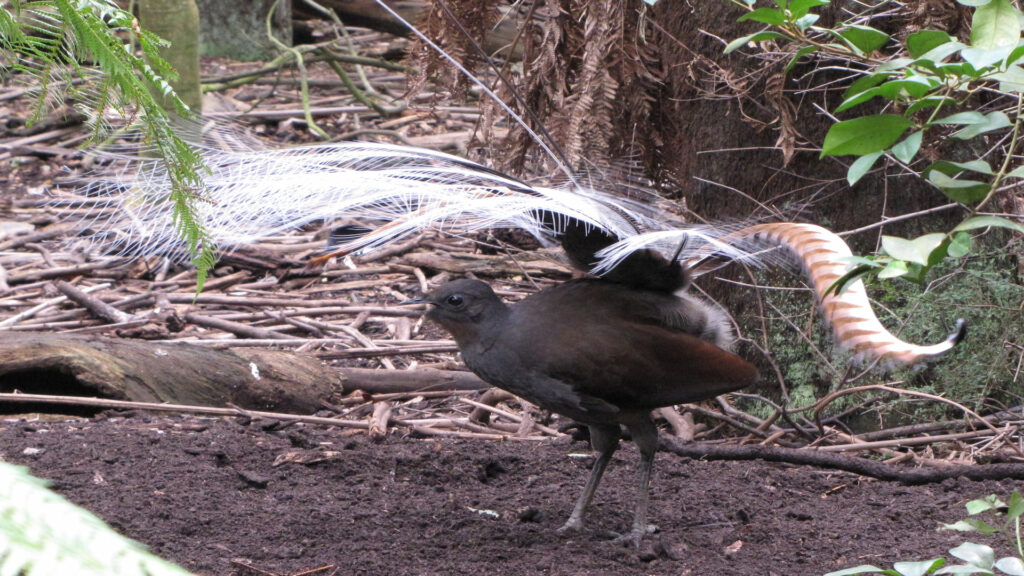
Lyrebirds in wildlife sanctuaries and zoos often develop particularly unusual sound repertoires that incorporate many human-created noises. At Healesville Sanctuary in Victoria, Australia, captive lyrebirds have been documented mimicking everything from visitor conversations to the electronic beeps of cash registers and the distinctive clicks of turnstiles. One famous captive lyrebird named Echo became known for perfectly reproducing the sound of a crying baby, causing confusion among visitors who would search for a distressed infant only to discover it was the bird’s mimicry. Caretakers at these facilities report that individual birds often develop personal “favourites” among the sounds they hear, with some preferring mechanical sounds while others focus on human voices or musical instruments. These observations suggest that lyrebirds may have individual preferences and personalities that influence their mimicry choices, adding another layer to our understanding of these remarkable birds.
The Future of Lyrebird Research and Conservation

Looking ahead, lyrebird research is entering exciting new territory with the application of artificial intelligence to analyse vocal patterns across different populations. These techniques allow scientists to identify subtle variations in mimicry across regions and track how human-made sounds are changing traditional vocalisations. Conservation efforts are increasingly focused on creating wildlife corridors to connect isolated forest patches, allowing lyrebird populations to maintain genetic diversity through movement between habitats. Climate change adaptation strategies include identifying potential future refuges for lyrebirds as temperatures rise and protecting these areas from development. Perhaps most promising is the growing public awareness of these extraordinary birds, which has led to increased support for conservation initiatives and greater citizen science participation in monitoring lyrebird populations across Australia.
Conclusion
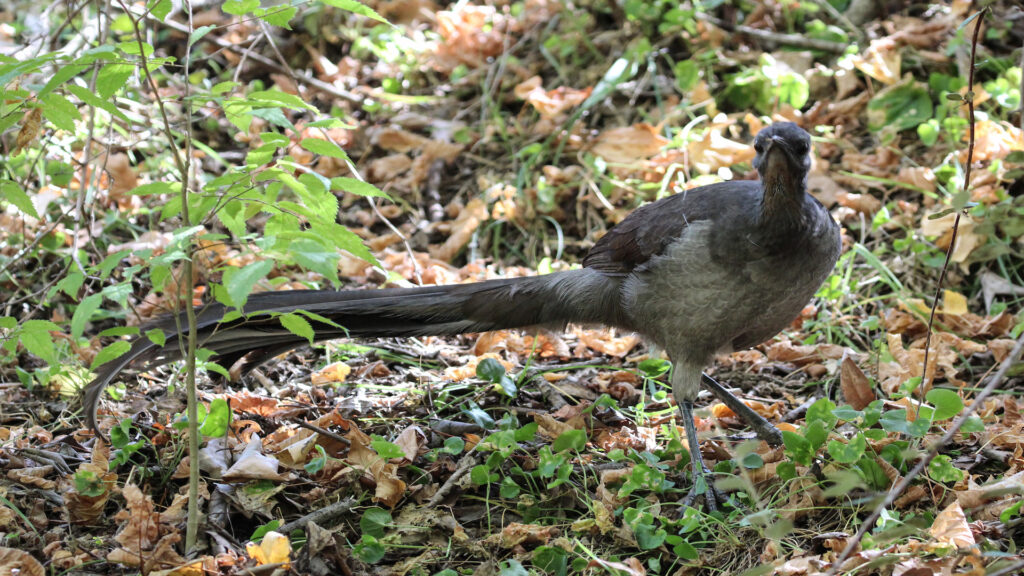
The lyrebird stands as one of nature’s most extraordinary sound artists, a living testament to the remarkable adaptability of wildlife in a changing world. Its ability to incorporate the sounds of our technological age—from car alarms and chainsaws to camera shutters and construction equipment—represents both a marvel of natural history and a poignant commentary on human impact on natural environments. As we continue to expand into wild spaces, the lyrebird’s mimicry serves as both a mirror reflecting our acoustic footprint and a reminder of nature’s resilience. Through continued research and conservation efforts, we can ensure that future generations will still have the opportunity to be astonished by the bird that sings in the voice of the modern world, preserving one of evolution’s most remarkable acoustic achievements.
